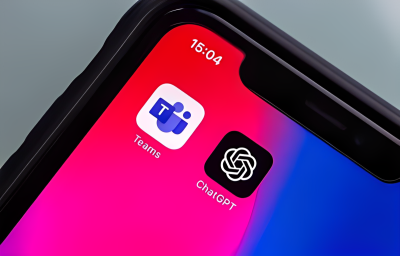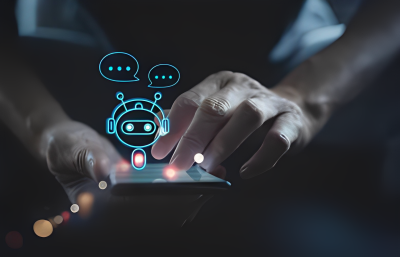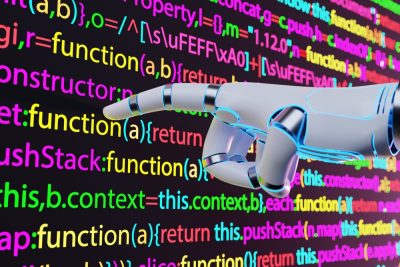Highlights:
- Google has also updated Android Studio Beta with other developer productivity improvements, including live editing.
- Android Studio facilitates development for different form factors such as foldables, tablets and watches.
Recently, Google LLC unveiled many updates to Android Studio, the official integrated development environment for Android, including a new productivity assistant powered by artificial intelligence that aims to make life easier for developers.
Android Studio Hedgehog, a variant of Studio with experimental features, received a new AI assistant known as Studio Bot.
Codey, a new AI model for text-to-code generation introduced by Google recently, is used by Studio Bot and can offer code suggestions as developers type in the editor. It can also produce code in response to a prompt. To generate code, all developers need to do is enter the type of app or code they require in a text field on Studio Bot’s website.
The same bot has a conversational mode that lets developers troubleshoot code, correct mistakes, add documentation and pick up new skills without leaving the editor. Users can also chat with the bot to learn more about libraries and functions, ask questions about coding conventions, and even inquire about the functionality of the code snippet they are currently viewing.
Google emphasized that while Studio Bot is now available for developers to test, it is still in the early stages of development and is still being trained and learning from user feedback. Source code is not sent to Google when using Studio Bot because only chat dialogue is shared, according to Google, which also stresses the importance of privacy.
Google is also revising the beta version of Android Studio with several developer productivity enhancements, including Live Edit. Developers can observe changes to their user interface on a live device or emulator as they modify Compose UI. Developers may update and validate changes without rebuilding or redeploying the application, saving time.
Android Studio now makes it simpler to develop for devices with various form factors, such as foldable, tablets, and watches. By testing and creating applications in Hedgehog today, it is possible to develop for unreleased form factors, such as foldable and tablet expanded screen size profiles that will not be available until next year.
Wear OS 4 officially launched this fall with an emulator that lets developers prepare apps to run on Android 13-based watches. Platform preview with all new features now available on Wear OS 4 emulator. Developers will want to try their current apps in an emulator to ensure it behaves similarly and debug if necessary, making the transition to Wear OS 4 smoother.
The Wear OS 4 emulator also supports Samsung’s Watch Face Format, a new way to create watch faces for Wear OS. It’s a declarative XML format and doesn’t require any code in the watch face kit in the Android package, as the platform handles the logic for rendering the watch face itself. Developers no longer worry about animations, optimization, and coding to control battery performance. Watch Face Studio allows you to design watch faces directly using watch face creation tools.
Google also introduced a number of tools for improving app quality, such as the ability to observe crash reports from Google Play-powered Android Vitals, to Hedgehog. The Android vitals report provides critical insights, including advice from software development kit vendors to help diagnose crashes. Improved code navigation for crash reports has been added to the code editor so that you can also identify the cause of the crash.
Additionally, Hedgehog now has a new Power Profiler tool that shows the power consumption of Pixel 6 devices running Android 10 . This allows developers to determine which parts of the device, such as the camera or GPS, are using how much power, and optimize their apps for power consumption. Developers can also use it to test algorithms in video calling apps to determine how best to use the camera sensor to reduce power consumption.
Jetpack Compose Updates for All Screens
Launched almost two years ago, Jetpack Compose is Google’s developer tool for creating native Android user interfaces. Updated recently with new tools, including home screen widgets and easy access to Android TV.
Using Jetpack Compose and the Jetpack Glance library, developers can create widgets suited for Android phone, tablet, and foldable home screens. The library contains all of the components required to give the most recent quality enhancements for combining the programming language Kotlin with Compose to create interactive widgets for displaying apps on the home screen.
Developers can quickly provide data, images, and responsive widgets that look and feel like they should be a part of a good user experience and adapt to the form factor of the screen using Glance. Additionally, its codebase enables quicker user interface iteration in the background, making it simpler for developers to finish their apps.
Developers can now expand on the AndroidX TV library and use the UI advantages of Compose for Android TV formats thanks to the alpha release of Compose for TV. With the help of this new library, developers can create apps that use Material 3 design, require less code, and are simpler to maintain.
Compose for TV gives developers access to an extensive suite of components, including scrolling containers, immersive lists, highlighted item carousels, tabbed navigation, and more. All of these items are optimized for TV. This is because what works on phones and tablets doesn’t work on TVs due to distance from the screen and contrast ratio, and it was designed with accessibility in mind. All components also include instructions for creating custom components.









































































